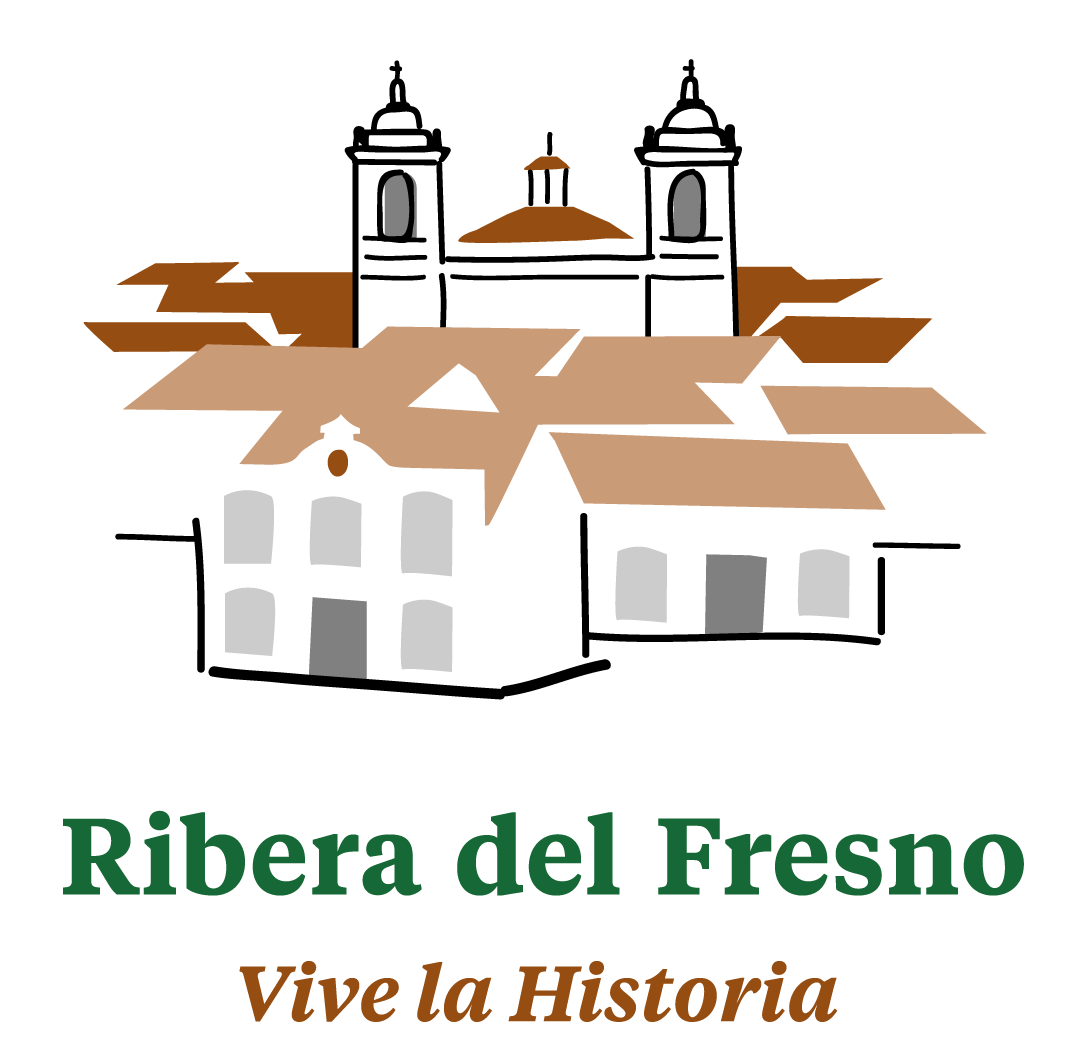HISTORY
Its history is poorly documented, but there are pre-Romanesque archaeological remains represented by the Hornachuelos Oppidum whose first indications of occupation date from the end of the Chalcolithic (2nd century and 1st century AD), being recognized by some authors as the ancient "Fornacis", referred to by Ptolemy in his "Geographic Guide. The presence of Visigoth remains refers to supposed indications of settlements in the area. Under Arab dominion it appears already named as a populated center. After the Reconquest, it was definitively repopulated by the Order of the Cavalry of Santiago in the middle of the 13th century, soon reaching the rank of commander in chief. Like other towns in the region, it was legally subject to the Royal Council of Orders, which has its headquarters in Mérida, the city of Llerena being the head of an ecclesiastical and secular party. It will be in 1257 when the Grand Master of this order, grants the Prior of San Marcos de León the jurisdiction of the town of Puebla del Prior located between Ribera and Hornachos. According to this document, the existence of “Rivera” that belonged to the jurisdiction of Alange in 1243 is verified, being its first written reference. In 1594 it was part of the León province of the Order of Santiago and had 754 residents. From the 18th century it was named as Ribera del Fresno. Its name comes from a supposed large ash tree existing on the banks of the Valdemedel stream where the town is located, and it has already been recorded under this name since at least the 18th century.
When the Old Regime fell, the town became a constitutional municipality in the Extremadura region. From 1834 it was integrated into the Judicial Party of Almendralejo.





